Are you curious about the benefits and risks of cold water immersion? It seems like more and more people — even people you know — are turning down the temperatures on their showers and willingly taking cold dips.
Cold water immersion, also known as cold-water therapy, has been used for centuries to improve physical and mental health, boost athletic performance, and promote overall well-being. Ancient Greeks used cold water therapy for its health benefits, as well as relaxation and socialization. The Romans used cold water to treat fever. And in the early 20th century, physicians began to see how cold water immersion could further benefit the body and affect the cardiovascular system.
But the popularity of cold water immersion as a holistic therapy is relatively new. It wasn’t until the latter part of the 1990s that researchers really began to dive into how ice baths and other cold water therapies could affect athletic performance.
With more and more evidence supporting the benefits of cold dips, you might have questions about the practice. How do you safely get started? What can you expect during and after immersion? Is cold water immersion right for you?
Whether you want to recover more quickly after exercise or reduce anxiety, these answers to common questions about cold water therapy will help you see why everyone is raving after an ice bath.

Basics of cold plunging
Cold water immersion has gained popularity in recent years as a method of improving physical and mental health.
The practice involves immersing the body in cold water for a short period, typically between 30 seconds to a few minutes, to experience the benefits of exposure to cold temperatures. The water is typically between 32 degrees and 50 degrees Fahrenheit.
Some people prefer to take a dip in an open body of water or even go for a winter swim. Others might end their showers with a blast of cold water. But you can also invest in a cold tub that allows you to incorporate ice baths into your weekly wellness routine.
Michael Phelps Chilly GOAT Cold Tubs by Master Spas can help you recover faster, improve your immune system, relieve inflammation, and sleep better. Studies have also shown that cold water immersion activates the sympathetic and parasympathetic nervous systems, signaling the release of cortisol, adrenaline, and oxytocin — all of which can improve your mental well-being.
With built-in seat and armrests, the Chilly GOAT becomes a comfortable space to get uncomfortable. The design also features a top deck for submerging your lower body, resting your arms, or resting your phone.

Questions about cold plunging
How cold does the water need to be?
The temperature of the water for cold water immersion can vary depending on personal preference, experience, and intended outcome. In general, cold water immersion is considered to be water temperatures of around 50 degrees Fahrenheit or lower.
If you are a beginner, you might prefer to start with slightly warmer water, such as 59 degrees Fahrenheit, and gradually decrease the temperature over time as you become more acclimated to the cold. Are you adventurous? You might just go all in and try a colder water temperature such as 41 degrees.
Chilly GOAT Cold Tubs have a temperature range of 40 degrees to 104 degrees so you can set your preferred water temp.

Why does my skin turn red?
When you immerse your body in cold water, your body's natural response is to try to maintain its core temperature by constricting blood vessels in your skin and extremities to reduce heat loss.
But when you get out of the cold water, all of that changes. You might even notice that the parts of your body that were submerged are red. The reddening of the skin is a natural response to cold water immersion and is caused by the increased blood flow and dilation of blood vessels near the surface of the skin. This increased blood flow helps to warm the skin and prevent tissue damage from prolonged exposure to cold water.
Can I just make a DIY ice tub?
An ice bath can be just that — ice in a bathtub. And it can be a simple way to dip your toes into cold plunging.
But while an ice bath provides health advantages, a homemade ice bath also has its disadvantages.
Among them are inconsistent temperature, water quality, and accessibility.
It can be difficult to maintain a consistent temperature with a homemade ice bath, as the ice may melt quickly, or the water temperature may be too cold or too warm. Chilly GOAT Cold Tubs have a built-in chilling system that allows you to set the water to your preferred temperature — and keep it there.
There’s also a filtration system, which keeps the water safe and healthy. You might not be able to say the same with a homemade ice bath, unless you are scrubbing your bathtub every day.
And after you scrub that tub, you need to head to the store to buy ice, bring the ice to your bathroom, and set up your cold plunge.

How much of my body should be in the water?
When doing an ice bath, you should aim to submerge as much of your body as possible in the cold water. Ideally, you should immerse yourself up to your neck, covering your shoulders, torso, arms, and legs.
However, if you are new to ice baths or have certain medical conditions, you may want to start with a partial immersion, such as immersing your lower body or just your legs, and gradually work your way up to a full-body immersion over time.
Should I dunk my head in the water?
You might have seen people going all the way underwater when they are in a cold tub. But that’s really personal preference and not necessary to realize the benefits of cold plunging.
When you dunk your head, you cool your core body temperature. According to Dr. Susanna Soeberg, dunking the head increases your cooling rate by 39 percent. However, the benefits of cold water come from cooling the skin.
Can I take an ice bath at night?
Yes, you can take an ice bath at night. There is no specific time of day when ice baths are most effective, and you can take them whenever it is convenient for you.
In fact, some people prefer to take ice baths at night as part of their bedtime routine, as it can help to promote relaxation and improve sleep quality. Cold water immersion has been shown to have a calming effect on the body and can help to reduce stress and anxiety, which can make it easier to fall asleep and stay asleep.
But you do want to keep in mind that taking an ice bath too close to bedtime may make it more difficult to fall asleep initially. Often, you feel more alert and energized immediately following the cold water immersion. Therefore, it may be best to take an ice bath at least a few hours before bedtime to allow your body to fully relax and wind down before going to sleep.

Does cold water really trigger a response similar to taking cocaine?
Cold water immersion can trigger the release of endorphins and other neurotransmitters in the brain, which can produce a natural "high" or euphoric feeling. This response is similar to the effects of certain drugs, such as cocaine, which also stimulate the release of neurotransmitters in the brain.
Specifically, cold water immersion can activate the sympathetic nervous system, which is responsible for the "fight or flight" response in the body. When the body is exposed to cold water, the sympathetic nervous system responds by releasing adrenaline and other stress hormones, which can increase heart rate, blood pressure, and respiration.
As a result of this stress response, the body also releases endorphins, which are natural painkillers that can produce feelings of euphoria and reduce stress and anxiety. This natural high can be similar to the effects of certain drugs, such as cocaine, which also stimulate the release of endorphins and other neurotransmitters in the brain.
Drugs can release those same neurotransmitters. However, cold water immersion is a natural and safe practice that is good for you.
What is “afterdrop”?
Have you come across the term “afterdrop” when trying to decide if cold water plunges are for you?
After-drop refers to the continued drop in body temperature that occurs after a person exits an ice bath. This happens because when the body is immersed in cold water, blood vessels constrict to reduce heat loss, and the body's core temperature drops. When the person exits the ice bath, the blood vessels dilate, and the cold blood from the extremities begins to circulate back into the core, causing the core temperature to drop further.
The magnitude of the after-drop can vary depending on several factors, including the initial body temperature, the duration of the ice bath, and the person's physical condition. Typically, the after-drop can last anywhere from a few minutes to an hour, and the body temperature can continue to drop by several degrees during this time.
After drop is much more pronounced or noticeable when you are new to cold water immersion.

What does it mean to be cold adapted?
People who regularly practice cold plunging can become cold adapted, which means they have an improved cold tolerance and resilience to low temperatures.
The physiological changes that occur during cold adaptation include increased blood flow to the skin and extremities, improved circulation, and increased production of heat-generating hormones like adrenaline and thyroid hormones. These changes help to protect the body from the negative effects of cold exposure, such as hypothermia and frostbite.
Cold adaptation is an ongoing process and can take several weeks to months to develop, depending on the frequency and duration of cold exposure.
While it may seem intimidating at first, with time and practice, cold water immersion can become an invigorating part of your routine. Remember to always listen to your body and start slowly, allowing yourself to adjust to the cold water gradually. With patience and persistence, cold plunging can become a powerful tool in helping you reach your health and wellness goals.

How to buy a Chilly GOAT Cold Tub
Do you want to enjoy the benefits of cold water therapy without buying bag after bag of ice? Having a Michael Phelps Chilly GOAT Cold Tub allows you to realize the impact of cold water. Enjoy clean, clear, cold water on demand. You can click here to find out more about the benefits of incorporating a Michael Phelps Chilly GOAT cold tub into your routine. Start your journey today!

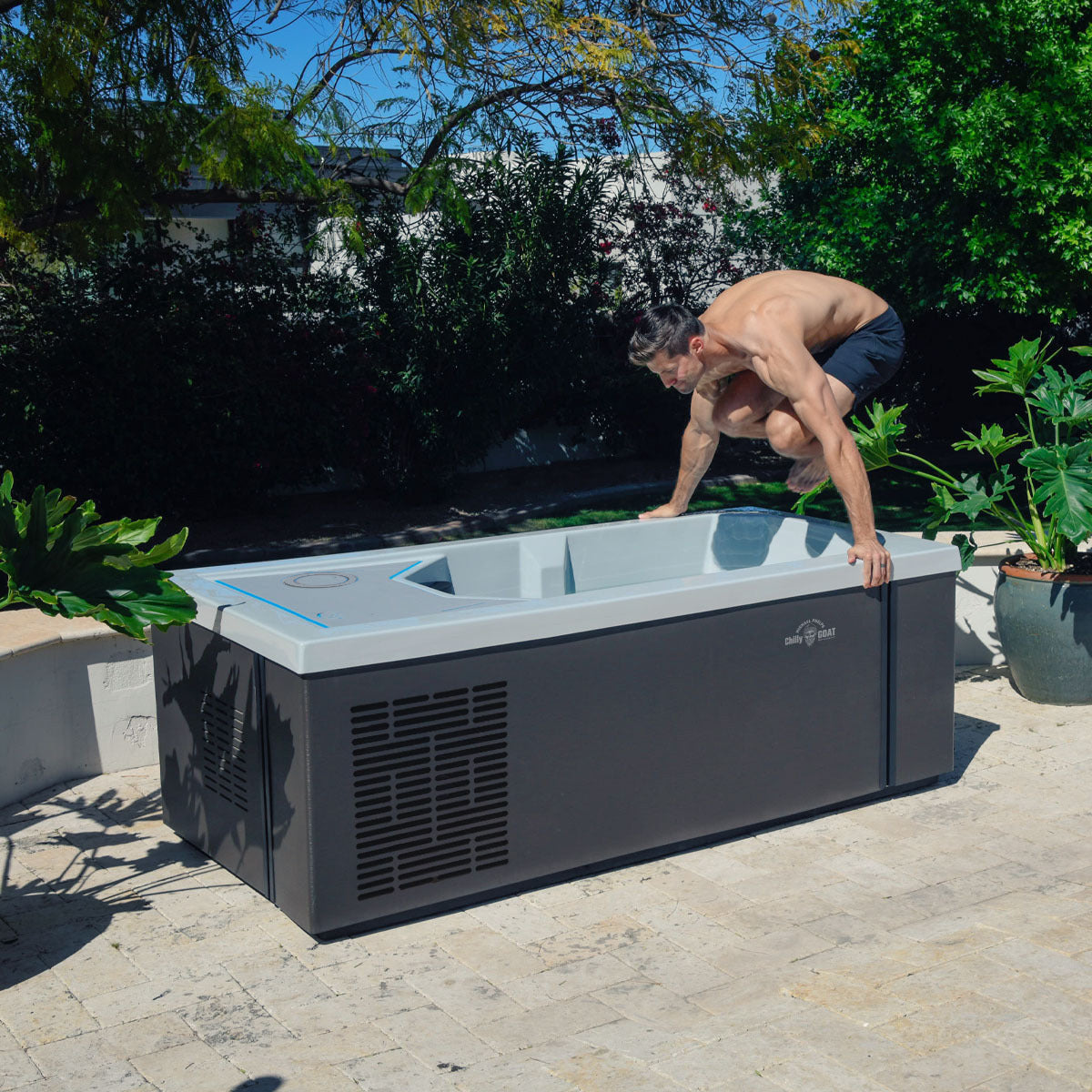




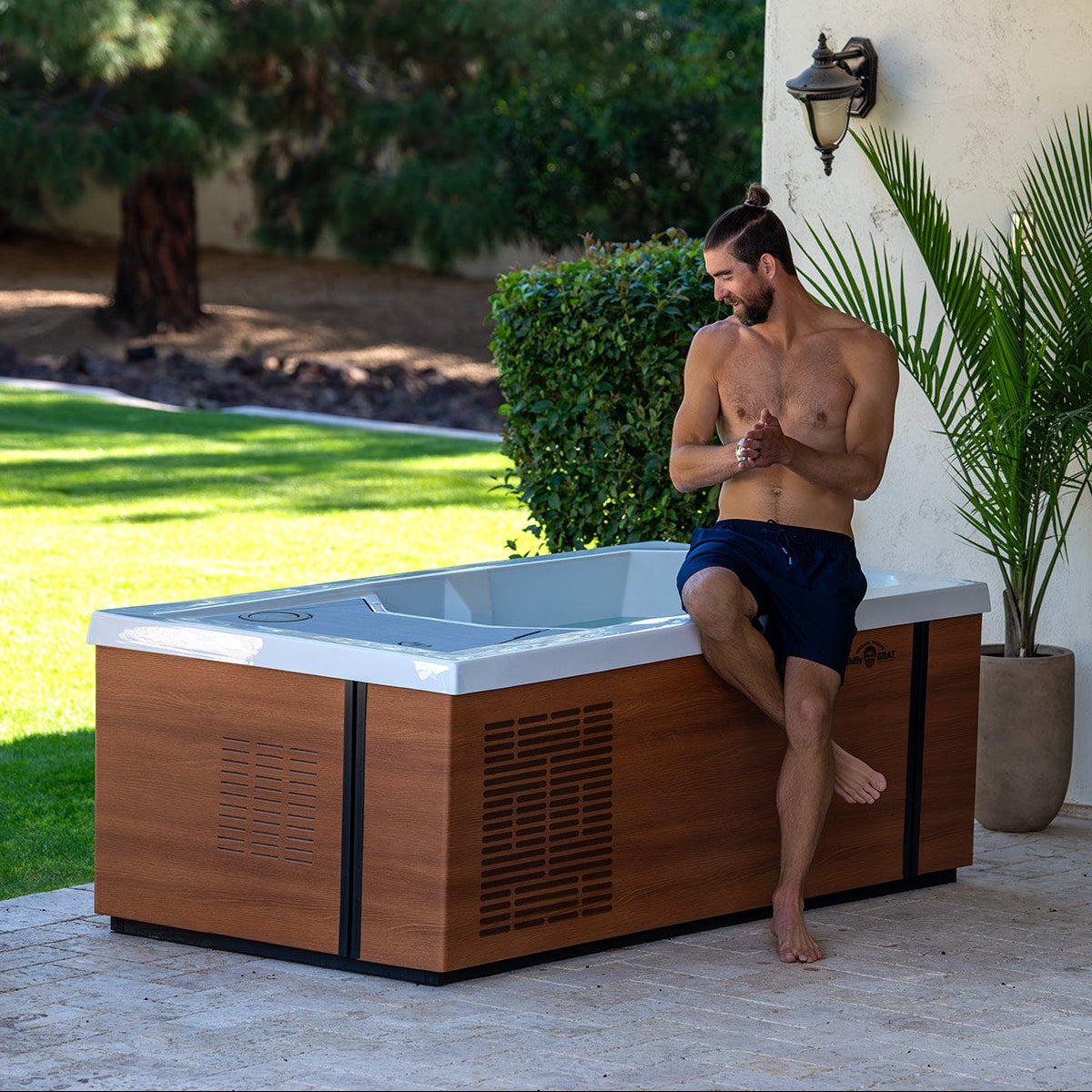
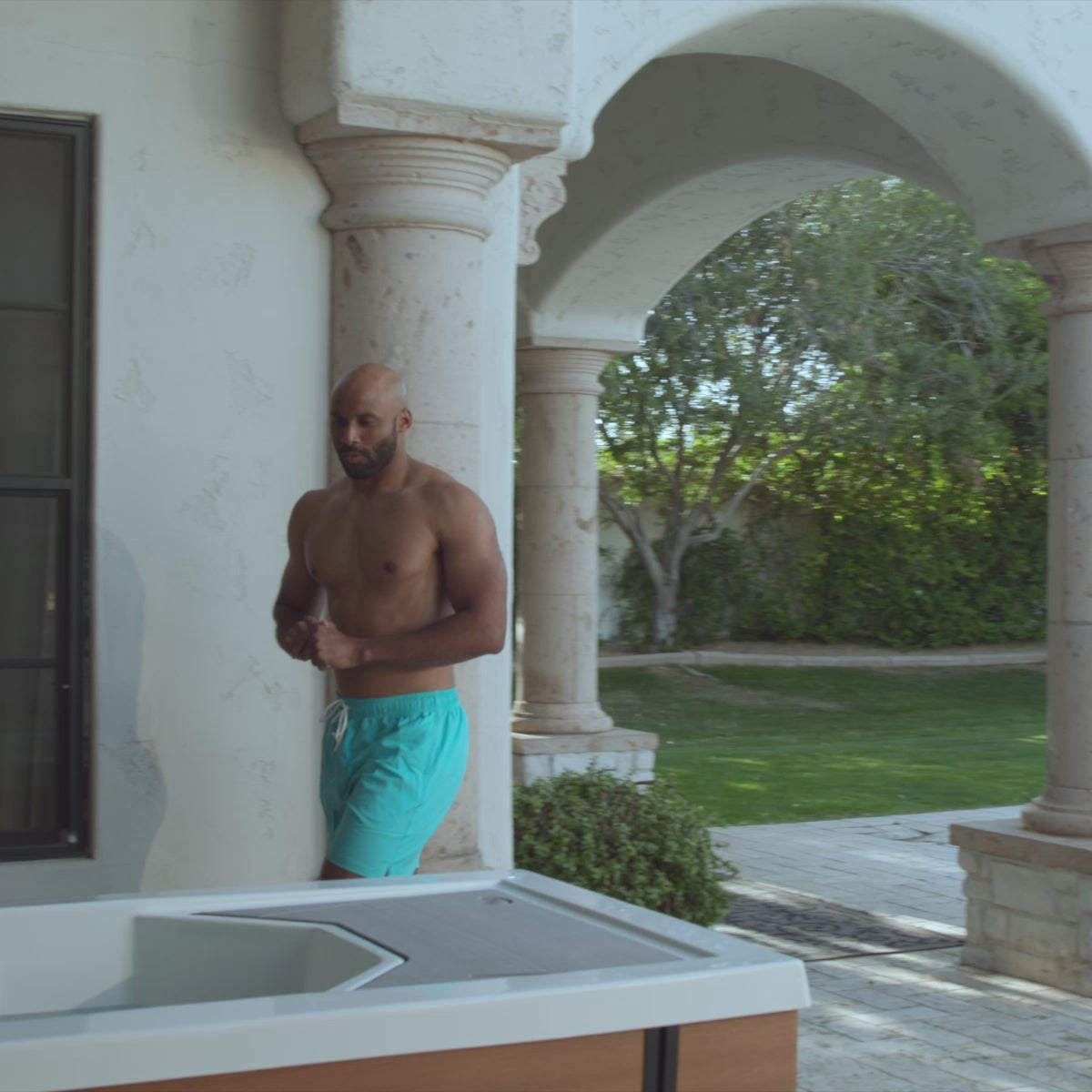
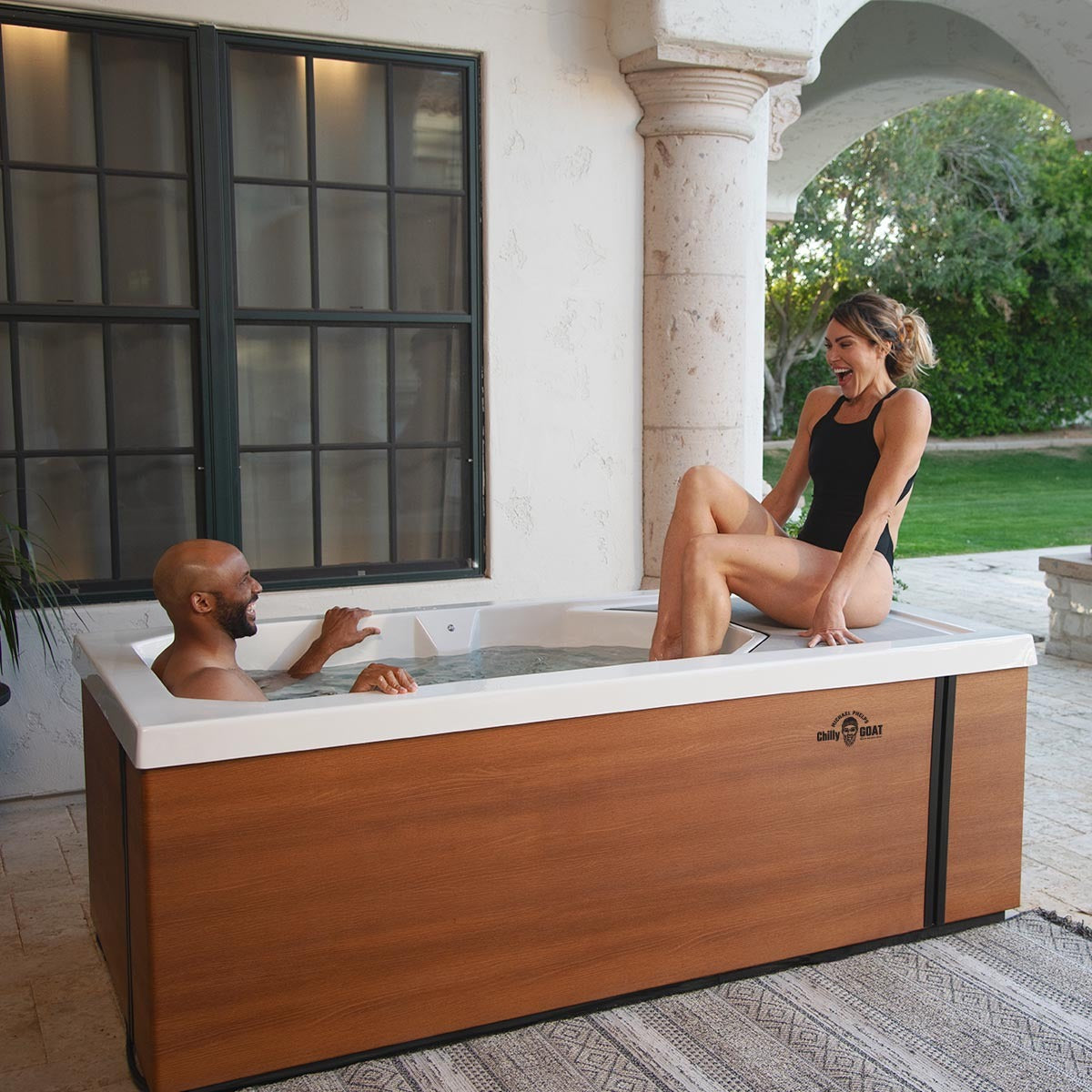


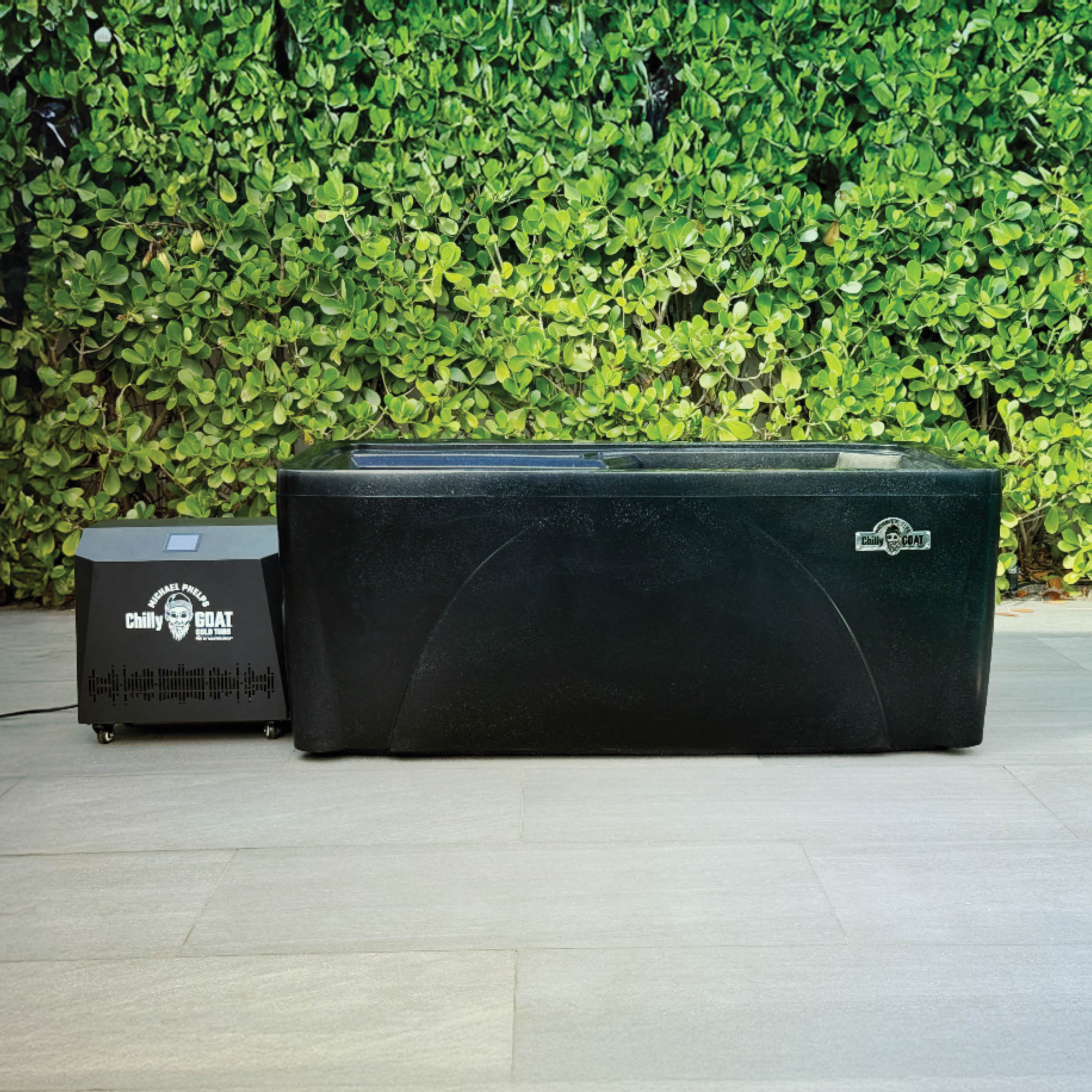

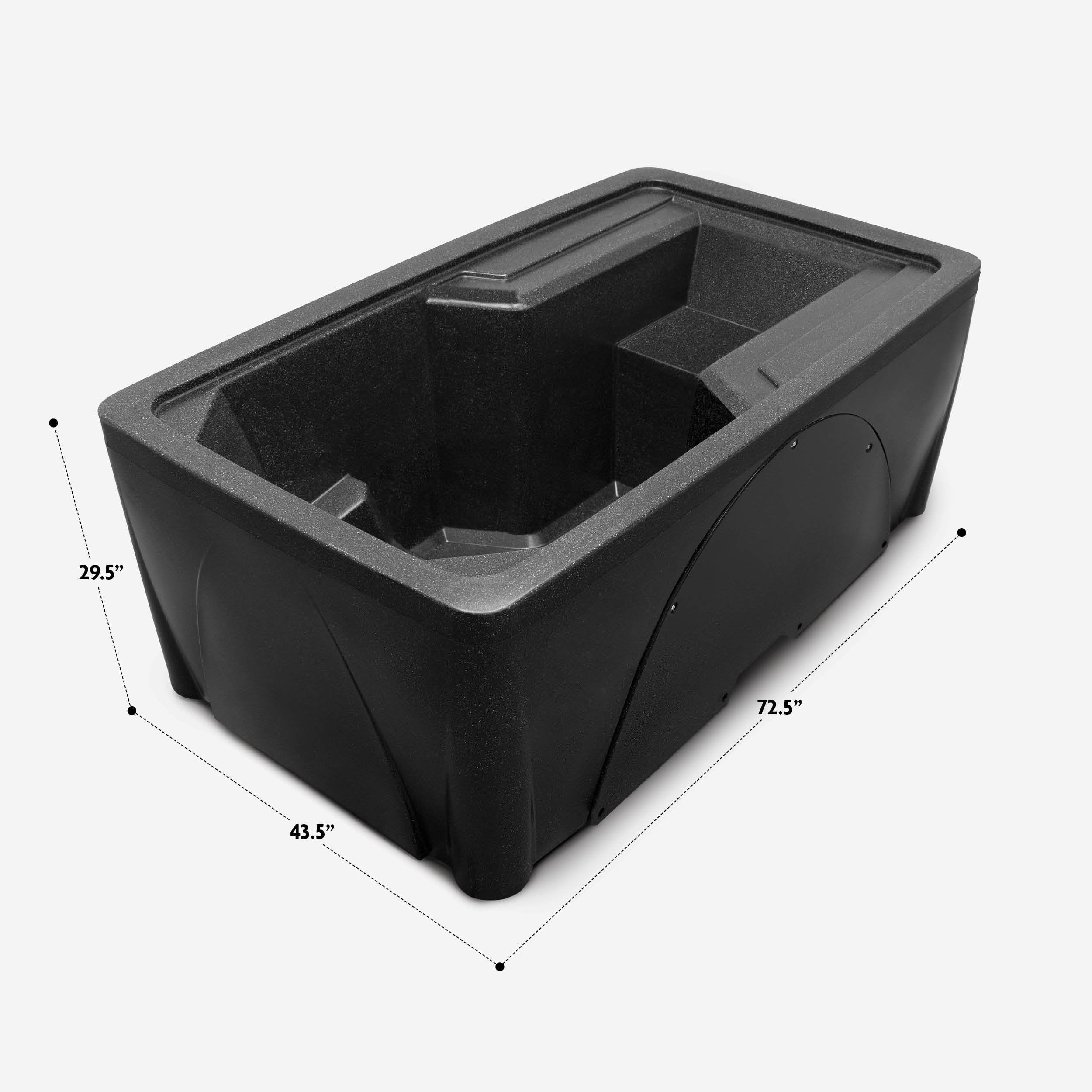
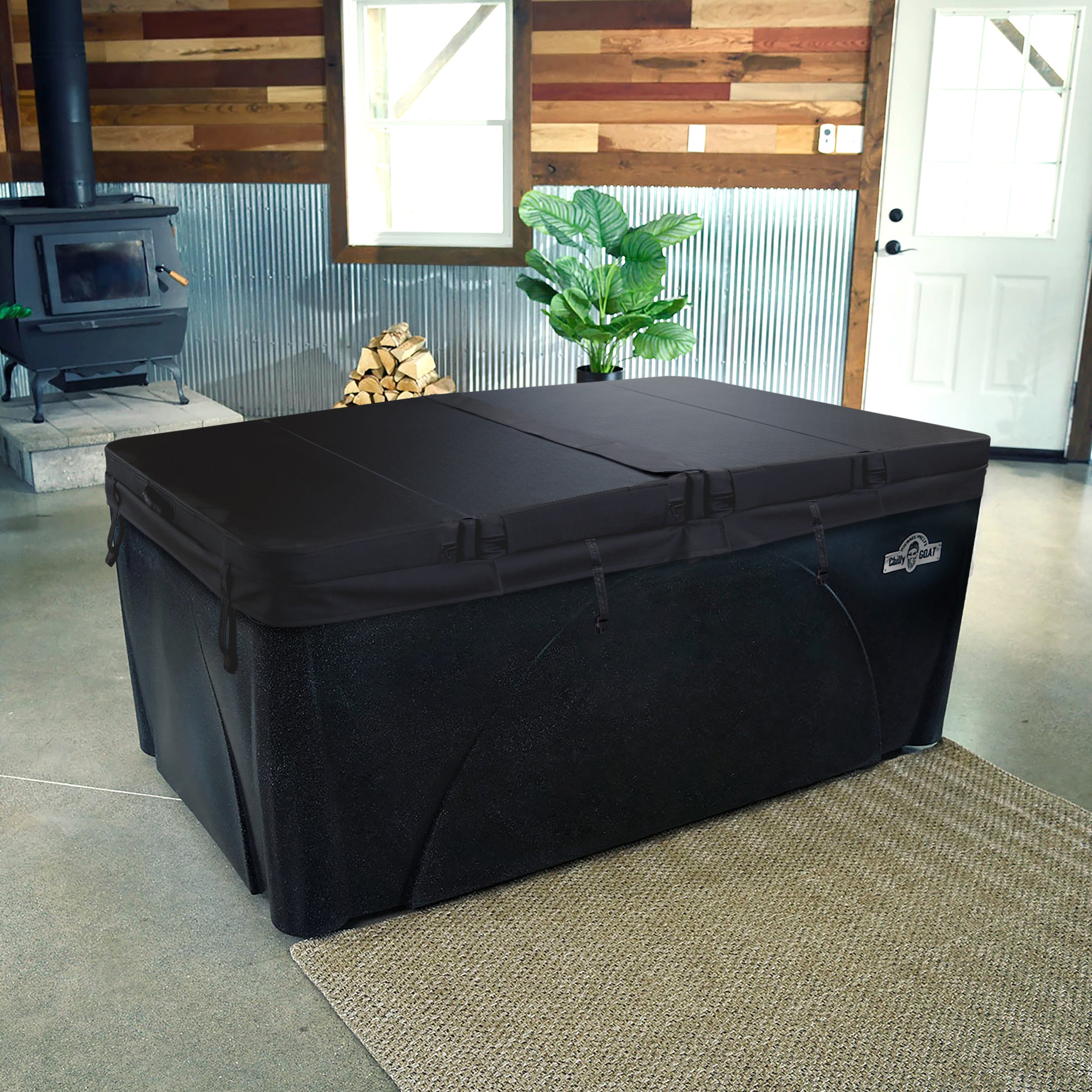
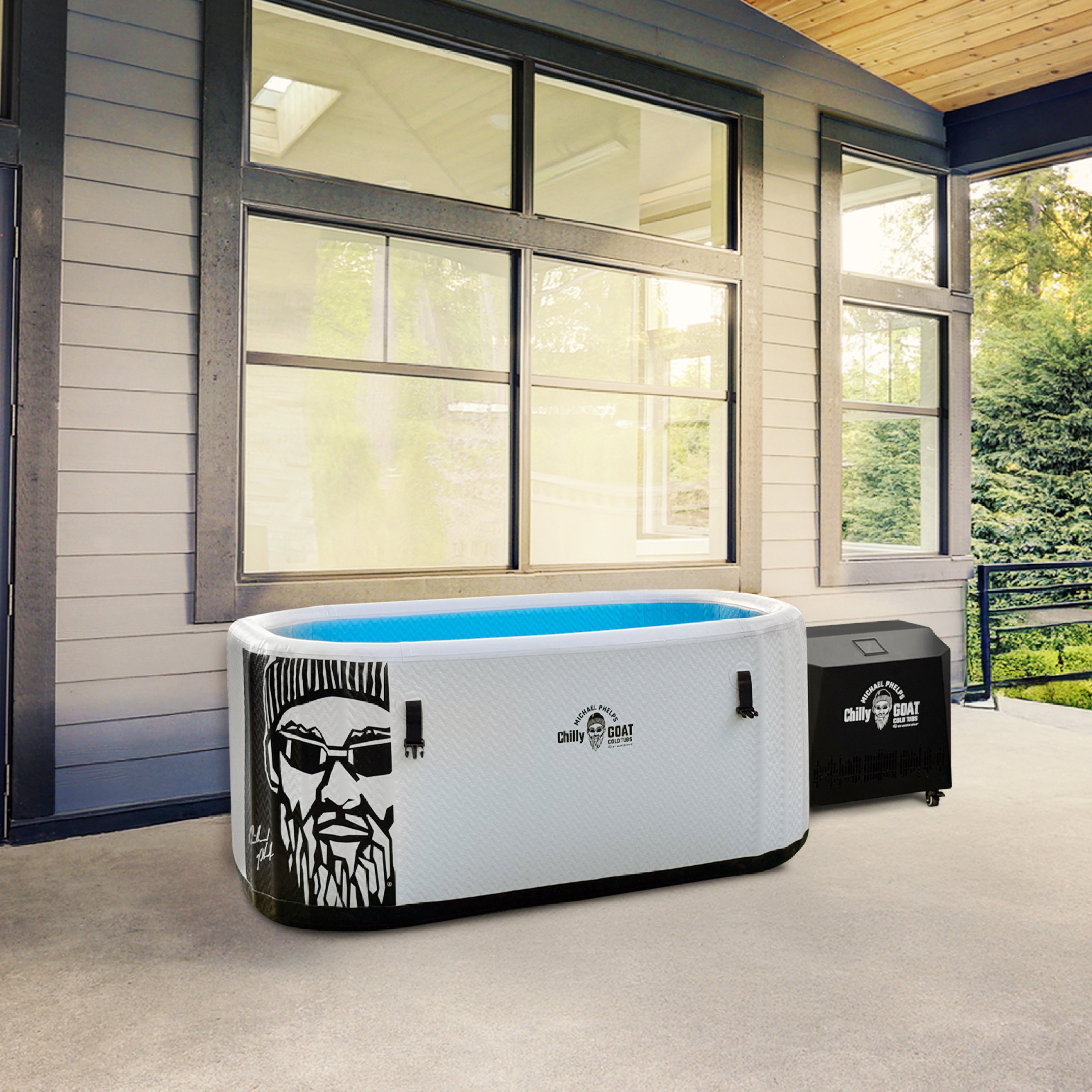
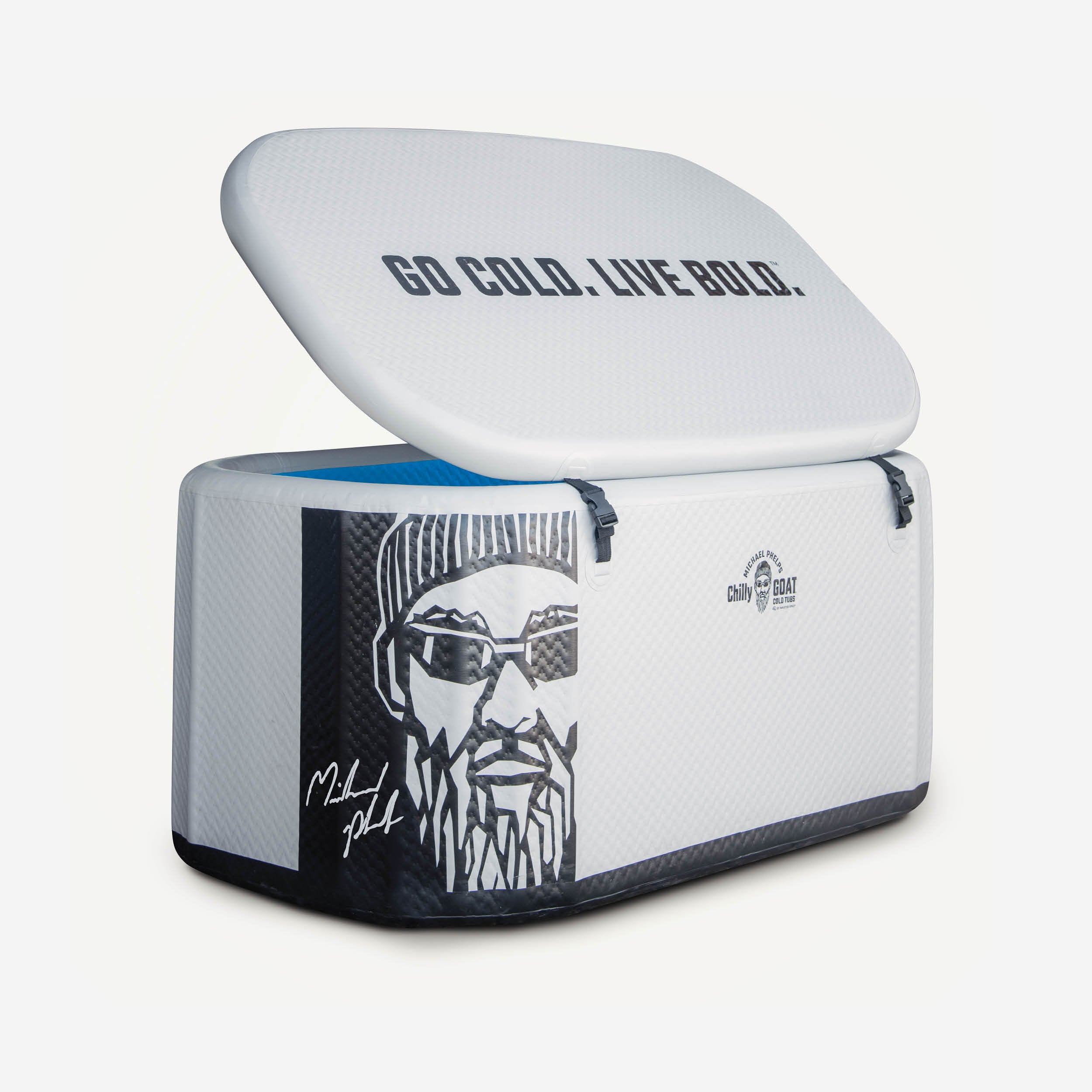
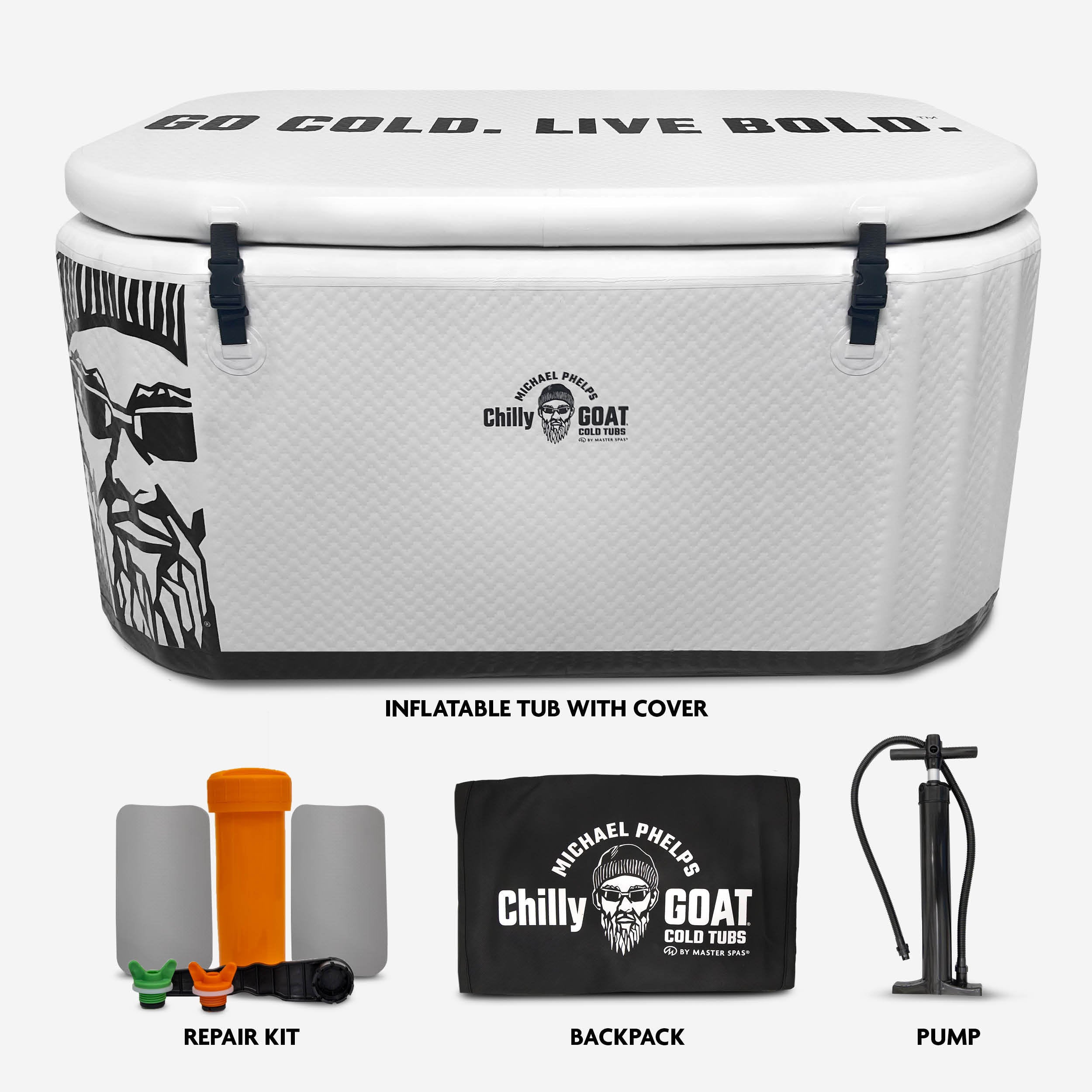



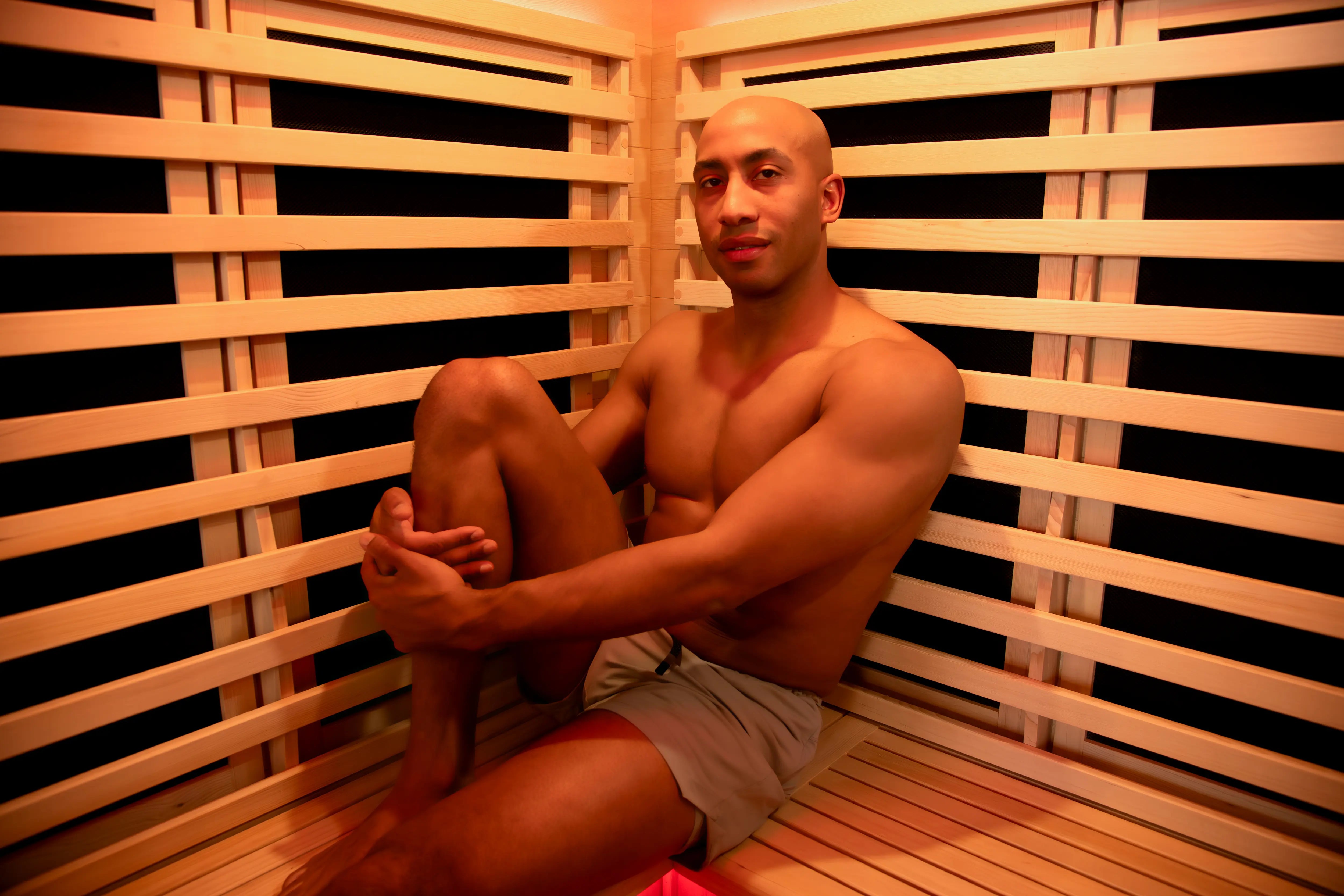
The must-follow health trends of 2023
The edge in recovery: CrossFit athletes and cold tubs